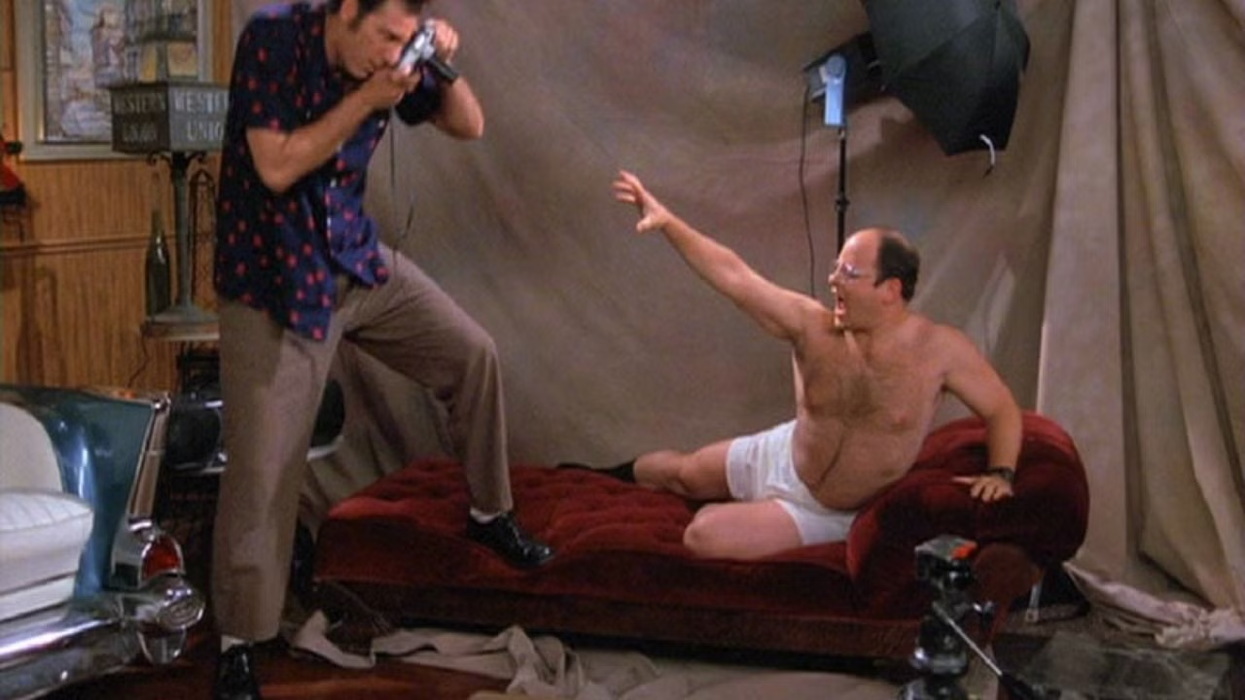Women Directed More Films in 2020 Than Ever Before
2020 wasn't all bad! Female filmmakers flourished at the top!

There hasn't been much to root for in 2020, but new statistics from the Center for the Study of Women in Television and Film at San Diego State University shows that a record number of female directors worked this past year.
Here is the headline: women represented 16% of directors working on the 100 highest-grossing films in 2020. That’s up from 12% in 2019 and 4% in 2018.
You can read the report here, but let's go through some other highlights.
Across all of Hollywood, women comprised 21% of all directors, writers, producers, executive producers, editors, and cinematographers working on the top 100 grossing films in 2020, up from 20% in 2019. Women working in these roles on the top 250 grossing films experienced a slight increase from 21% in 2019 to 23% in 2020.
The study has been issued for two decades and is overseen by the center’s director Dr. Martha Lauzen, who said in a statement, “The good news is that we’ve now seen two consecutive years of growth for women who direct."
She said that the stats are encouraging, but there's still a long way to go.
“This breaks a recent historical pattern in which the numbers trend up one year and down the next. The bad news is that fully 80% of top films still do not have a woman at the helm,” she said.

Want the exact breakdowns?
Women in Film
- Producers (30%)
- Editors (22%)
- Executive Producers (21%)
- Directors (18%)
- Writers (17%)
- Cinematographers (6%)
As the study went deeper, it found that movies with a woman as director were far more likely to hire other women in the roles above. For example, on films with female directors, women comprised 53% of writers. But on films with exclusively male directors, women accounted for 8% of writers.
This was obviously a weird year. We saw movies directed by women hit the shelf, like Black Widow and The Eternals. But we also had groundbreaking work done with movies like Mulan, WW84, and Birds of Prey, which conquered the box office and home distribution.
In fact, for the first time, this study had to adapt and cover movies that were released at home this year. The list includes U.S. digital sales, digital rentals (VOD), DVD, and Blu-ray. This list does not include premium VOD. 63% of the films on the watched at home list also appear on the list of top-grossing films.
Hopefully, 2021 includes the release of the shelved movies and much more opportunity for theaters as well. Data like this is important while the industry struggles to find equality. When you see hard numbers, the gap is hard to deny.
Here are the numbers that have to get better.
In 2020, the majority of films (67%) employed 0 to 4 women in the roles considered. That's really bad.
24% of films employed 5 to 9 women, and 9% employed 10 or more women. In contrast, 5% of films employed 0 to 4 men in the roles considered, 24% employed 5 to 9 men, and the remaining majority (71%) employed 10 or more men.
We can change this in 2021 if we band together to make hiring practices fair and equitable.
Let us know what you think of the study in the comments.











